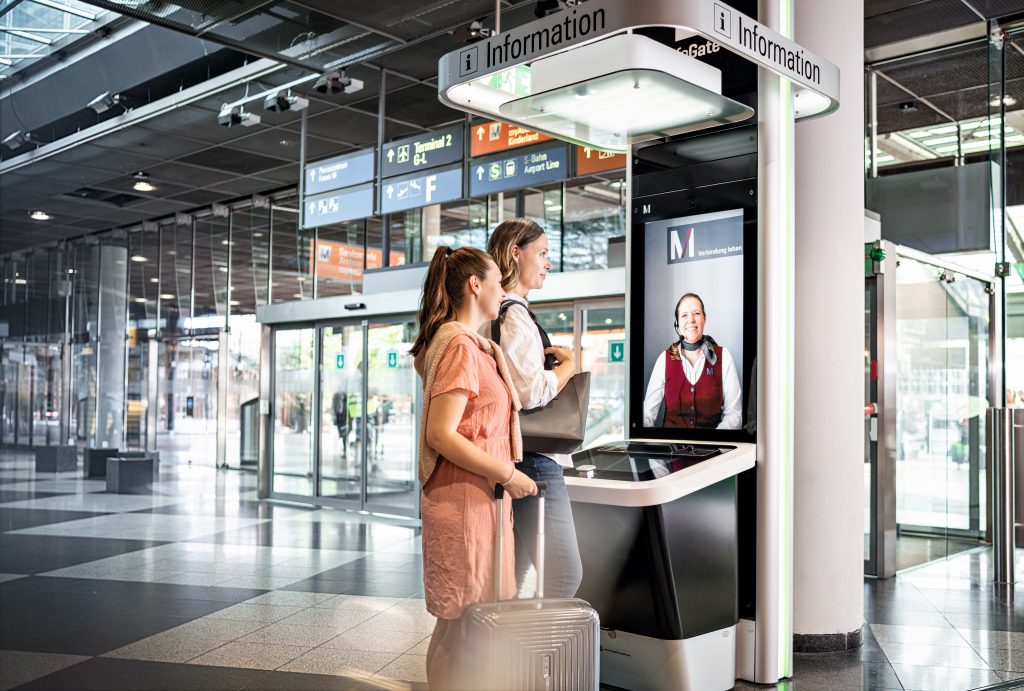Human resources departments have played an important role in leading airports through the Covid-19 pandemic and ensuring the safety and well-being of employees. The crisis has reminded us that human resources management goes beyond compliance and paperwork, as HR departments have had to think outside the box in order to protect roles wherever possible, as well as support employees through these challenging times.
With passenger numbers fluctuating drastically over the past 10 months, airports have had to manage their staff numbers carefully, while doing their best to minimize the negative impact of Covid-19 on their workforce.
Many airports have taken a wholesale look at their operations and considered where they could make efficiencies, particularly as a way of avoiding redundancies. “Airports are asking staff to take annual leave, work reduced hours and job share so that everyone can stay employed. Layoffs are the absolute last step,” comments Eddie Ragauskas, CEO of Ceventas and senior manager of the Airports Council International (ACI) Online Learning Centre.
Tampa International Airport (TIA), for example, launched a voluntary part-time program where employees could apply to transition to a temporary part-time schedule, and Munich Airport introduced shorter working hours for large sections of its staff.
HR departments have also taken a long, hard look at organizational structures and in some instances evolved or redeployed roles. Back at Tampa, leaders have been particularly successful in increasing cross-training and creating opportunities for working across teams.
“I’ve always thought smaller airports were more innovative in how they used their people resources; there were more Jacks of all trades, while bigger airports would have job-specific roles,” says Dorian Reece, global airport lead for Deloitte. “Now, however, these larger airports are having to multiskill a lot of their staff so they can redeploy people across activities as needed. As a result, we’ve seen a good number of staff broaden their remit.”
Unavoidable redundancies
Sadly, some redundancies have been unavoidable. In these scenarios HR teams have in the first instance looked at voluntary redundancies and early retirement programs.
“When the pandemic started, the airports made their best endeavors to provide extended leave and reprofile rosters. Unfortunately, the situation has become prolonged and it’s anticipated to continue for some time to come. The economics means there are now job losses, but rehiring will return once the sector recovers,” says Reece.
Diane DiRocco, TIA’s director of human resources, advises airports to help those being made redundant by offering them “re-employment, résumé services and financial advice”.
This is something Munich Airport set up for those taking voluntary redundancy. Together with its works council, it established a ‘transfer company’ that helps employees look for new positions externally, as well as giving them access to training. “We’ve already made contact with other companies looking for employees across the transport and logistics sector,” notes Dr Robert Scharpf, senior vice president of human resources at Munich Airport.
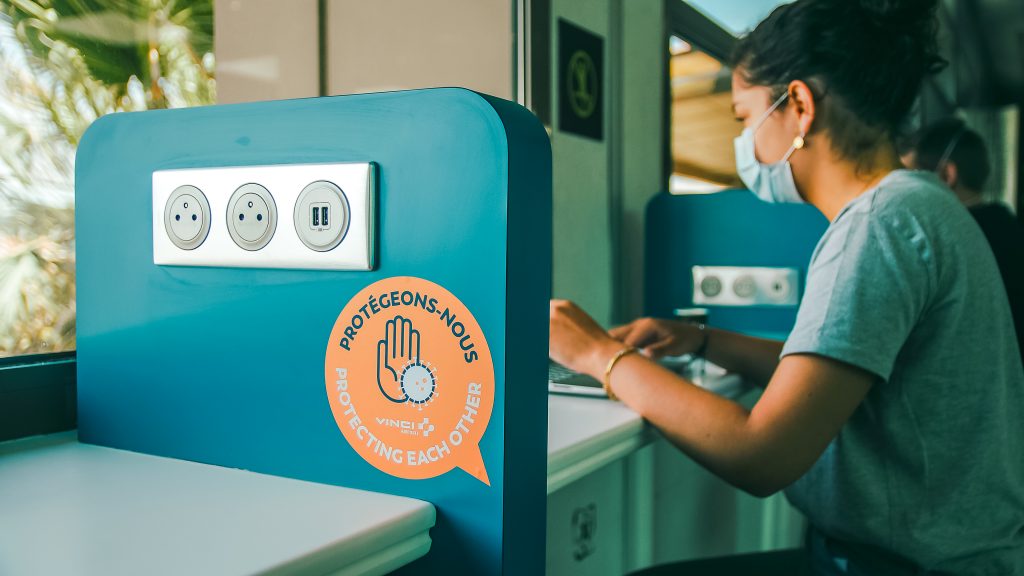
Different ways of working
As with most sectors, the aviation industry moved as many employees as possible to remote working to minimize the spread of the virus and ensure their safety. “This shift to more flexible working is one of the few positives to come out of the pandemic,” notes Martin Bowman, director of aviation digital assets at Deloitte. “Historically there has been some resistance to changes in employee contracts and shift patterns, but people have now recognized the need to be more flexible.”
However, for some employees remote working isn’t an option. On those occasions, HR leaders have looked at creative solutions to minimize risks without affecting operations. One idea, implemented at TIA, was to adopt rotating schedules for teams, with individual leaders given the autonomy to make decisions on their teams’ schedules.
Another constructive outcome, launched by Vinci Airports, is “the world’s first travel assistant that uses facial recognition technology”, according to Cheikh Daff, Vinci Airports’ chief HR and sustainable development officer. “While this project was part of our innovation strategy to improve passenger experience, it’s also useful in the Covid-19 context,” he says. “By providing a 100% contactless airport journey, the service reduces direct interactions between agents and passengers.”
Then there’s Klarity, an AI tool used to predict, monitor and test the health of ground staff and flight crews.
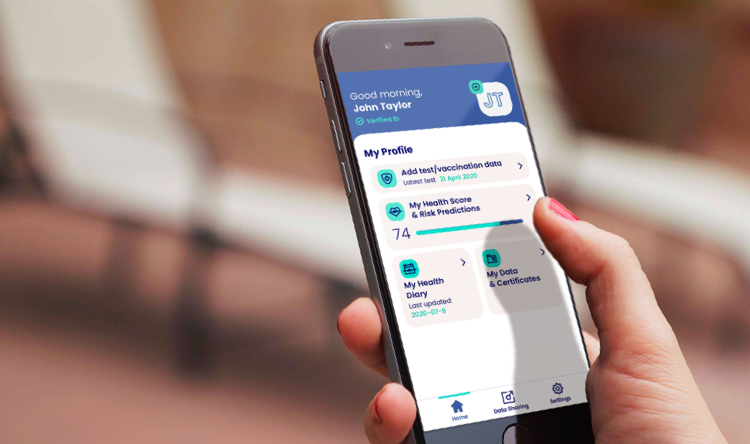
Staff communication and support
With the pandemic causing so much change and uncertainty, communication has become more important than ever for HR leaders. Not only is it imperative to keep staff up to date with changes as they happen, it also opens up routes for support.
Employers are checking in with staff more often, and mental health has moved higher up agendas. “We added online counseling to our Safe Landings program, designed to support employees’ emotional needs,” highlights Ollie Malone Jr, vice president of HR at Dallas/Fort Worth (DFW) Airport. “We also ensured all employees were aware of the service, how to take advantage of it and that there’s no cost to do so.”
Bangalore International Airport (BIAL) also provided access to professional counselors as part of its #WeAreHereForYou campaign, as well as launching a 24-7 helpline – managed by its own employees – to
offer staff support and information regarding Covid-19.
“The HR business partners contacted every employee individually – whether working from home or on-site – to ensure they felt safe and cared for, and the managing director and CEO regularly addresses employees to ensure they know he’s doing all he can to protect jobs,” says Sajit TC, chief human resources officer at BIAL. “We also had fortnightly ‘Conversations with CXOs’ to further connect with employees and make them aware of the approach the organization is taking to adapt to the new normal.”
BIAL is not alone – all of the airports Passenger Terminal World spoke to have set up their own support systems. Over at Munich Airport, the intranet continues to be used to inform employees of the latest daily news, for example. “This includes stories ‘from the bottom up’, where employees from different business units discuss how they’ve been managing the crisis. These personal stories from colleagues illustrate the way forward and show that we’re pulling together,” says Scharpf.
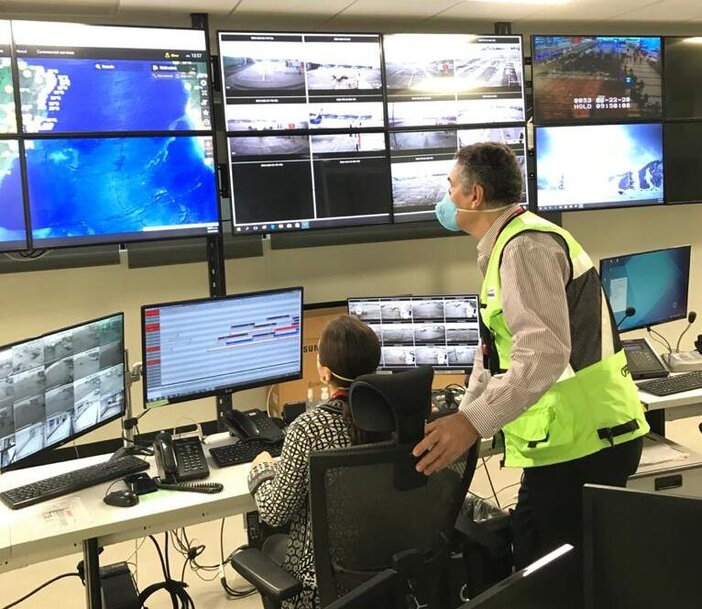
Stepping up training
As part of building resilience and developing an agile culture, many HR leaders have looked to upskill and reskill employees to ‘future-proof’ their human capital. Bangalore, for example, ramped up its ‘Learning at BIAL’ program to focus on developing organizational capability, enhancing functional capability and building a value-based culture. “While we’re unsure how the pandemic will pan out, corporates can certainly work toward equipping their employees to overcome adversity,” comments TC.
As part of the pivot to digital technologies, which has been driven by the move to remote working, many airports also had to migrate their existing training programs to online delivery in a matter of weeks. Ragauskas notes that this has shown them the efficacy of digital learning: “We’re seeing a lot of experimentation and agile changes in the training landscape,” he says. “Changes that might have taken 5-10 years in the past have been made in just three months due to Covid-19. The classroom method’s no longer sustainable; we need to use technology to expand and scale – and do it at a fraction of the cost.
“Using digital learning to get the high-volume, low-value training automated also gives the industry time to do the more valuable, human elements such as mentoring,” he adds. “As with all things, there will be some elasticity, but I think there will be a fundamental change in the way people work and learn.”
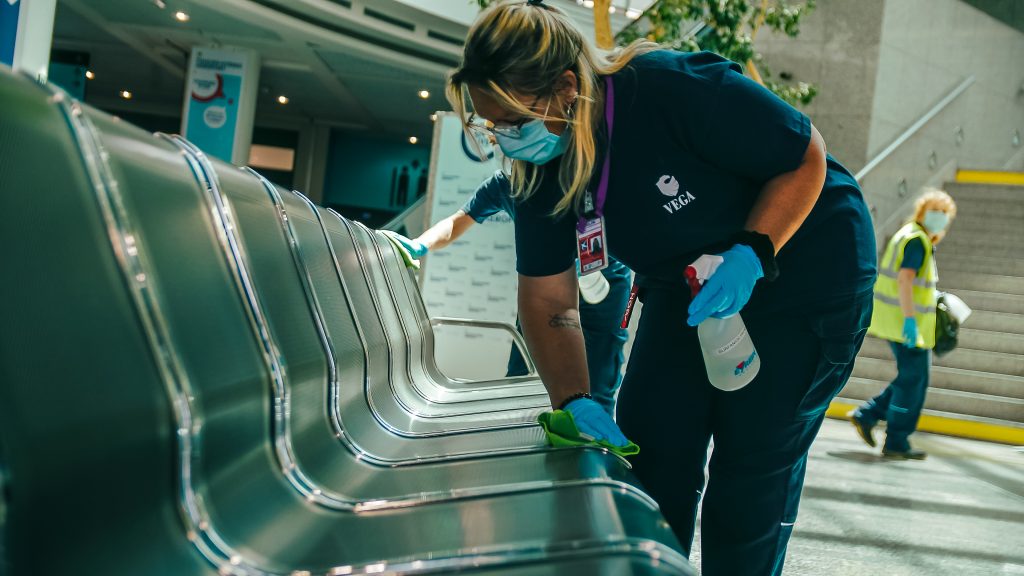
How might the future look?
Looking forward, Ragauskas sees a general trend toward the ‘employee experience’. “The original focus of the aviation sector was infrastructure but then this moved over to the customer experience,” he explains. “I see this now evolving to an environment with much more thought given to the employee, and of course service provider, experience. We’re going to see more of a human-centric shift in the way airport operators think. They’ll be asking, ‘Are we getting enough value out of our human capital? How can we improve that?’.”
Reece, on the other hand, believes that outsourcing will come out strongly, post-pandemic. “Some of the airports that had already embraced a strong outsourcing model have benefited further from doing so during the pandemic. By shifting those fluctuating resource requirements, particularly front-line roles like security, it’s easier for them to turn the tap on and off rapidly. It’s anticipated that as a result of this, other airports will accelerate their evaluation of this as an operating model.”
There are few positive outcomes from this pandemic but one has been the opportunity to innovate and rethink how the airport sector does things. Ragauskas points out that it’s both the worst and the best time to think about innovation and change, but whatever your view, change is upon us, and there’s more to come.
The next challenge will be on-boarding new or returning staff as and when traffic resumes. Ragauskas notes, “We’ll have to get people back in as capacity grows and we’ll have to scale. HR leaders now need to start thinking about that challenge as we come out of the pandemic.”


